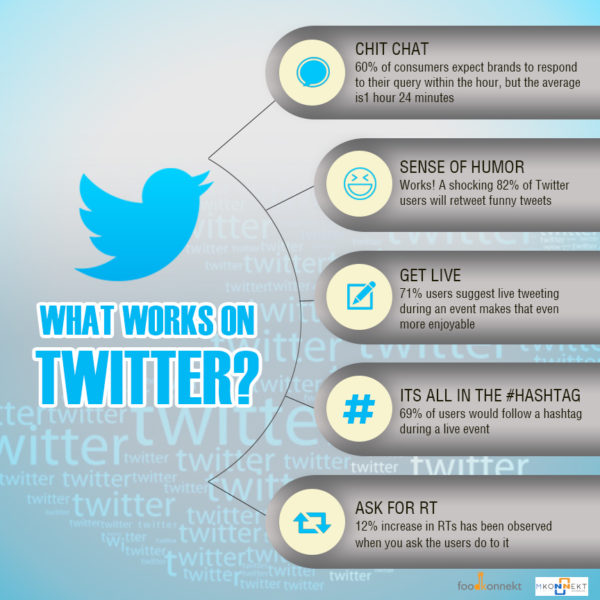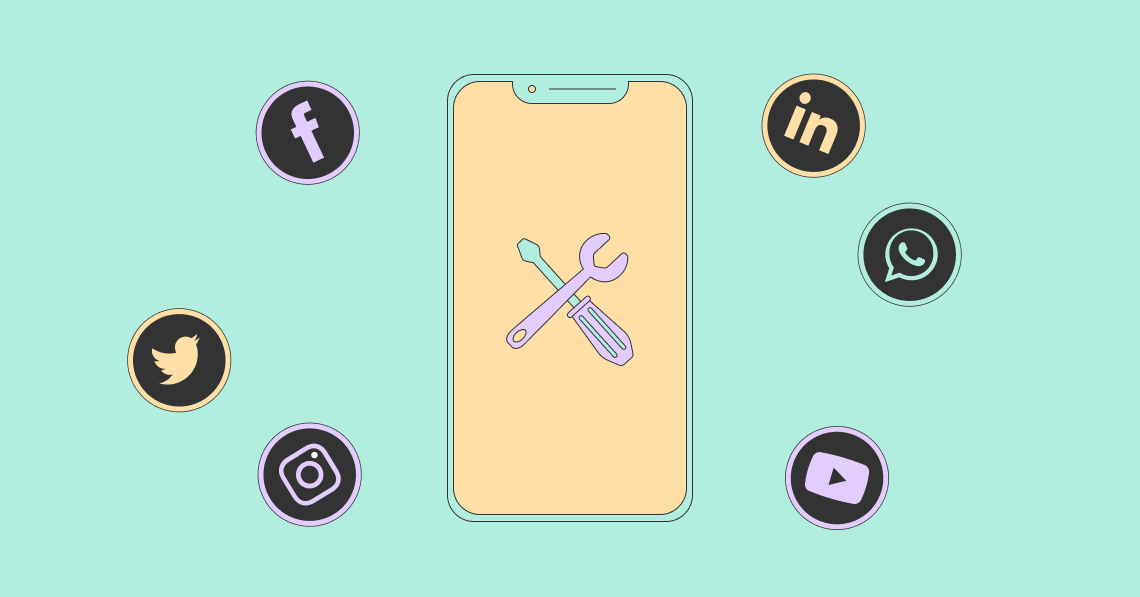
UGC is a growing trend for brands to create brand awareness and loyalty. UGC generates high conversions and can even be used for paid advertising. We will be looking at the top UGC examples for brands such as Starbucks and Destination Canada in this article. Continue reading to learn more. This article provides valuable tips and advice to help your brand maximize its UGC efforts.
UGC (user-generated material) is a popular tool for building brand awareness
UGC is a popular way to promote your brand via social media. People who have used a product or service in the past are more likely to recommend it. It is therefore very important in the final stages, or the buyer's journey. This content acts as a social proof to authenticity that consumers value. UGC is an important part of any social-media marketing strategy.
UGC can be used across the customer journey, from product pages to blog posts. Instagram photos are powerful because they can be bought. Dune London, for example, recently added shoppable Instagram images to its website. This type of content helped the brand increase its online conversions by 33%. The same effect can be achieved for other social media platforms.
It is a high-converting product
Social media user-generated content (UGC), is a great way to get content online, whether it's for free or paid. You can use this content in many ways, including a shoutout or a contest entry. UGC not only generates free content but also helps build a community around your brand. Users are often bombarded daily with promotional messages, but they will remember content that they have seen from a trusted source.

Social media UGC, for example, allows customers to share their favourite recipes and food experiences on social media. UGC can also encourage people, like clicking a link on an ad. Your followers will be more inclined to buy from you if your UGC looks trustworthy and authentic. You can use social media to increase sales.
You can use it for paid advertising
Paid advertising isn't the only one that uses UGC. Marketing experts agree that content created by customers is more trusted than content made by brands. In fact, 93% of marketers agree. It is natural for people to trust the opinions and content of others, so trusting and establishing credibility with your audience should be a top priority. UGC allows you to track keywords and reviews as well as positive comments from consumers.
UGC via social media isn’t always product-related. But it can highlight lifestyles that match your brand. Vans posts videos of Vans fans who are in line with their Off the Wall brand aesthetic, without asking permission. Brands don't often credit creators and sometimes don’t have agreements with them. It is crucial to obtain permission from your audience for reposting content.
It can increase brand loyalty
UGC, also known as user-generated material, is content created by real customers, and then published on social networks. It gives businesses the opportunity to earn customer trust and grow their social media following. By allowing customers share their content, brands can learn more about their target demographic and their preferences. Companies can then create strategies that include UGC and repost the content in order to increase its credibility and impact.

UGC offers your customers the opportunity to interact with you regardless of whether your product is handmade or online. UGC is more engaging for brands that allow it. Customers will open emails more often and check out updates on social networks. UGC, in addition to providing valuable customer feedback, can also be used to identify brand ambassadors and encourage word of mouth marketing.
FAQ
Why should I have a Content Marketing Strategy in place? Why not just post social media updates or send emails?
There are two main reasons that you might ignore a Content Marketing Strategy.
-
You might think that email marketing and social media posts are enough to get people talking about your brand.
-
This type of content might not be practical if you haven’t yet tried social media posting or email marketing.
Both of these assumptions are wrong.
Email marketing and social networking posts can be great tools for communicating with customers and prospects. They're not enough on their own.
Your goals can't be achieved by an email campaign. Instead, it needs to be part of a larger strategy. You can't rely on social media to help you reach your goals. They should be part and parcel of an overall strategy.
This is where a Content Marketing Strategy can help. This strategy will help you manage the content creation process.
You'll have more time to concentrate on other important aspects of running your company, such as growing your audience and increasing conversions.
And even though there are many benefits to having a Content Marketing Strategy, it doesn't mean it's easy.
However, a strategy is a key to success.
How do you measure success with content-marketing?
There are many ways to assess the effectiveness of your content-marketing strategy.
Google Analytics is a great tool for measuring traffic. This tool can show you where your targeted traffic originates and what pages they visit the most often.
It also shows you how long each visitor stays at your site before they leave.
You can use this information to improve the content you create to grab people's attention, and keep them interested for longer periods of time.
You can also use these questions to gauge the success of content marketing efforts.
My email newsletters are providing value for my subscribers. What percentage of my mailing list have purchased paid memberships? How many people have clicked through my landing page? Are click-throughs more successful than other types of conversions?
These are important metrics to monitor and track over time.
A third great way to measure the success of content marketing is to count how many people share your content through social media.
Start now if you don't already. It could mean the difference between being seen and unseen in your industry!
What does content marketing have to offer that is different from traditional advertising.
While traditional advertising focuses on getting attention and content marketing on providing value, it is not as effective. Because most people don't pay attention to traditional advertising, it is often a waste. Content marketing will result in much higher engagement rates.
How can content marketing strategy help me?
Content Marketing Strategy gives access to data you might not otherwise be able to. This data allows you to measure which types of content perform better than others.
It helps you to determine which strategies should be used to increase your site's traffic. It provides insight into your audience's behavior, which can help you create better content.
This means that you can focus more on what works than worrying about what content doesn't.
You can also use a Content Marketing Strategy to determine which messages are most popular with your audience.
By analyzing these messages, you can figure out what content they prefer. You can use the same content to keep your winning ideas going.
A Content Marketing Strategy allows you to track the performance and effectiveness of your content. By sharing content, you will be able to easily identify which types of content converts better.
A Content Marketing Strategy can be summarized as the key to ensuring that your content performs well.
Do I really need to hire an agency to do content marketing?
No! There are many online tools to help you create high-quality content. Agency services are often expensive.
Statistics
- Companies that use content marketing see approximately 30% higher growth rates than businesses not using it. (mailchimp.com)
- According to our research, brand awareness, attracting traffic, and generating leads remain the key content marketing goals in 2022. (semrush.com)
- According to research compiled by Coschedule: Companies that publish 16+ blog posts a month get as much as 3.5x as much traffic as those that publish 0-4 posts a month. (criteo.com)
- Seventy-two percent business to business (B2B) (mailchimp.com)
- According to the Content Marketing Institute, 70% of B2B marketers and 86% of B2C marketers surveyed use content marketing in some form or other. (criteo.com)
- This marketing strategy landed Ford a 15.4% conversion rate. (neilpatel.com)
- Out of the 1,500 marketers we surveyed for our State of Content Marketing report, 78% who felt their content marketing strategy was exceptionally effective in 2021 had documented their strategy. (semrush.com)
- Measure your goals with a progress indicator of 0-100%. Make your goals collaborative and transparent (semrush.com)
External Links
How To
How do I get started with content marketing?
Content Marketing is an effective way for organizations to reach potential customers and generate leads online. By providing useful information about products and services, it helps you to connect with potential clients.
Content marketing builds trust with visitors which results in higher sales conversions and profit.
You can start by creating a blog. Blogs are easy to use and allow you post new articles frequently.
This makes it possible for people to return often to your writings. To share information and news with your followers, you can use social media platforms like Twitter and Facebook.
YouTube also allows you to make videos. These videos are a great way to educate people about the topics that relate to your business.
Canva and other tools can be used to create infographics. Infographics can be used to visually represent data. These graphics are excellent for explaining complicated concepts and making information easier to understand.
You will attract more readers if you are consistent with your postings.